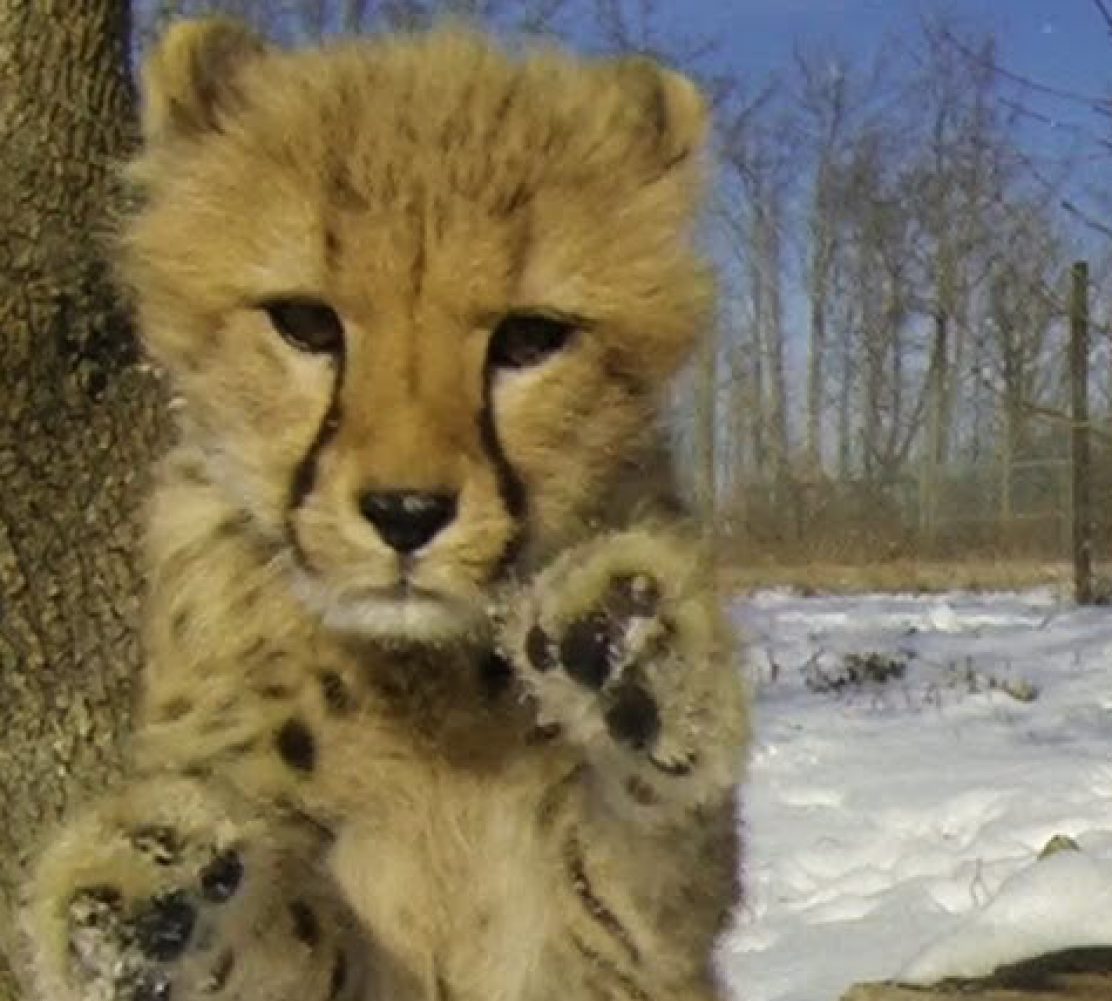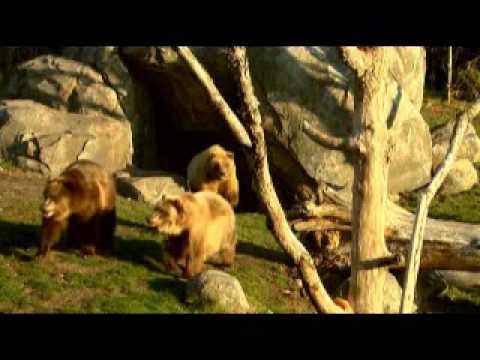Minnesota Zoo Live Cam
Formally known as the Minnesota Zoological Gardens, the Minnesota Zoo located in Apple Valley Minnesota is of the first zoos to submit a revolutionary design of its exhibits by housing its collection of animals to their natural habitat rather than according to their species.
Home to the School of Environmental Studies, the Minnesota Zoo by charging admission and offering annual memberships is recognized as a state agency and as such differs from other zoos which are either privately managed or locally owned.
Interesting Facts About Minnesota Zoo
• First opened in 1978, then later in 2009 following extensive renovations, the Zoo’s quarter-mile Medtronic Minnesota Trail featuring a the new “north woods” look, houses a collection of animals native to Minnesota including the American beaver, Bald eagle, Canadian lynx, coyote, Grey wolf, puma, River otter and the Minnesota hero. The Zoo’s lodge styled Trailhead exhibit is known for housing its smaller animals such as frogs, salamanders and turtles.
• In 2008 The Minnesota Zoo was awarded the Association of Zoos and Aquarium’s Significant Achievement for its Medtronic Minnesota Trail.
• The Minnesota Zoo’s Northern Trail houses its collection of animals native to north of the 45th parallel including Amur tiger, Bison, Bactrian camel, Black-tailed prairie dog, Moose and Musk ox. Planned renovations to the Norther Trail exhibit includes replacing the zoo’s current trail with an Asian Highlands exhibit featuring Asian wild horses, camels, gazelles, markhors, musk deer, red pandas and show leopards.
• The Minnesota Zoo’s themed tropical rainforest Tropics Trail houses the zoo’s Asian small-clawed otter, Binturong, Dwarf-crocodile, Malayan tapir, Red panda and Ring-tailed lemur.
• The Zoo’s Discovery Bay featuring several aquariums for a combined total of more than 4,000,000 l of water houses the zoo’s collection of sea stars, sea anemones, rays and sharks in an interactive estuary and tide pool.
• The Minnesota Zoo since 1978 and until 2012 has housed a total of 19 dolphins in its exhibits. During this period the zoo has witnessed the first dolphin born in captivity, a male dolphin named Shadow.
• In 2007, a 24 year-old male dolphin named Chinook was shipped to the Baltimore’s National Aquarium which was experiencing a lack of adult males at the aquarium. AFTER spawning a calf, Chinook was later moved to the Brookfield Zoo in 2010.
• In 2008 the zoo received two bottlenose dolphins from Florida’s Dolphin Connection.
• In 2009, Minnesota Zoo’s Discovery Bay housed three bottlenose dolphins from the Brookfield Zoo. Following the completion of renovations of the Brookfield Zoo Seven Seas Dolphinarium the dolphins were later returned to the zoo in 2010.
• The Minnesota Zoo in 2015 became home to five critically endangered Hawaiian monk seals rescued after being discovered malnourished. The seals which would later serve as representatives to their critically endangered wild cousins were housed in the newly refurbished Discovery Bay.
• In 2000 the zoo opened The Wells Fargo Family Farm which would allow guests to interact with its collection of domestic animals. The Farm exhibit which houses chickens, cows, goats, horses, pigs and sheep is a seasonal exhibit opening in April and closing each fall for the season.
• Opened in 2008, the zoo’s 2.5-acre Russia’s Grizzly Coast and the most expensive project to date offers visitors an opportunity to view animals native to Russia’s Pacific coast, including Amur tigers, leopards, grizzly bears, sea otters, and wild boars.
• In 2011, the zoo opened its new African penguin exhibit.
• As of 2014 and following its transition from analog to digital in the summer of that year, the zoo’s seven story Great Clips IMAX Theatre remains Minnesota’s largest IMAX theatre.
• Home to two belugas, a male Anookalik and a female Anna, the beluga whale exhibit was undoubtably one of the zoo’s first and most popular exhibit. Following the collision with one of the tank fixtures resulting in Anookalik developing an infection within his jawbone both whales were immediately transferred to SeaWorld in San Diego for veterinary treatment. In 1987 over 30,000 visitors came to bid farewell to the two whales. Later in 1989 Anna at the age of fourteen died from heart failure while Anookalik whose infection was proved to be fatal was euthanized a year later. He was seventeen years-old.
• Between 1979 up until its closure in 2013 the zoo also was home to a monorail.
Minnesota Zoo Cam
Minnesota Zoo Beaver Webcam
Click on the link below and watch these large rodents work underwater. Beavers noses and ears have valves that close to keep out water, while their lips and large front teeth allow them to cut and chew wood without taking in water. Their paddle-shaped tails function like rudders, allowing them navigate large logs used to build their lodges and dams.
View Beaver Webcam.
Zoo Camera Tags:
- minnesota zoo live cam
- minnesota zoo cam
- zoo web cam

